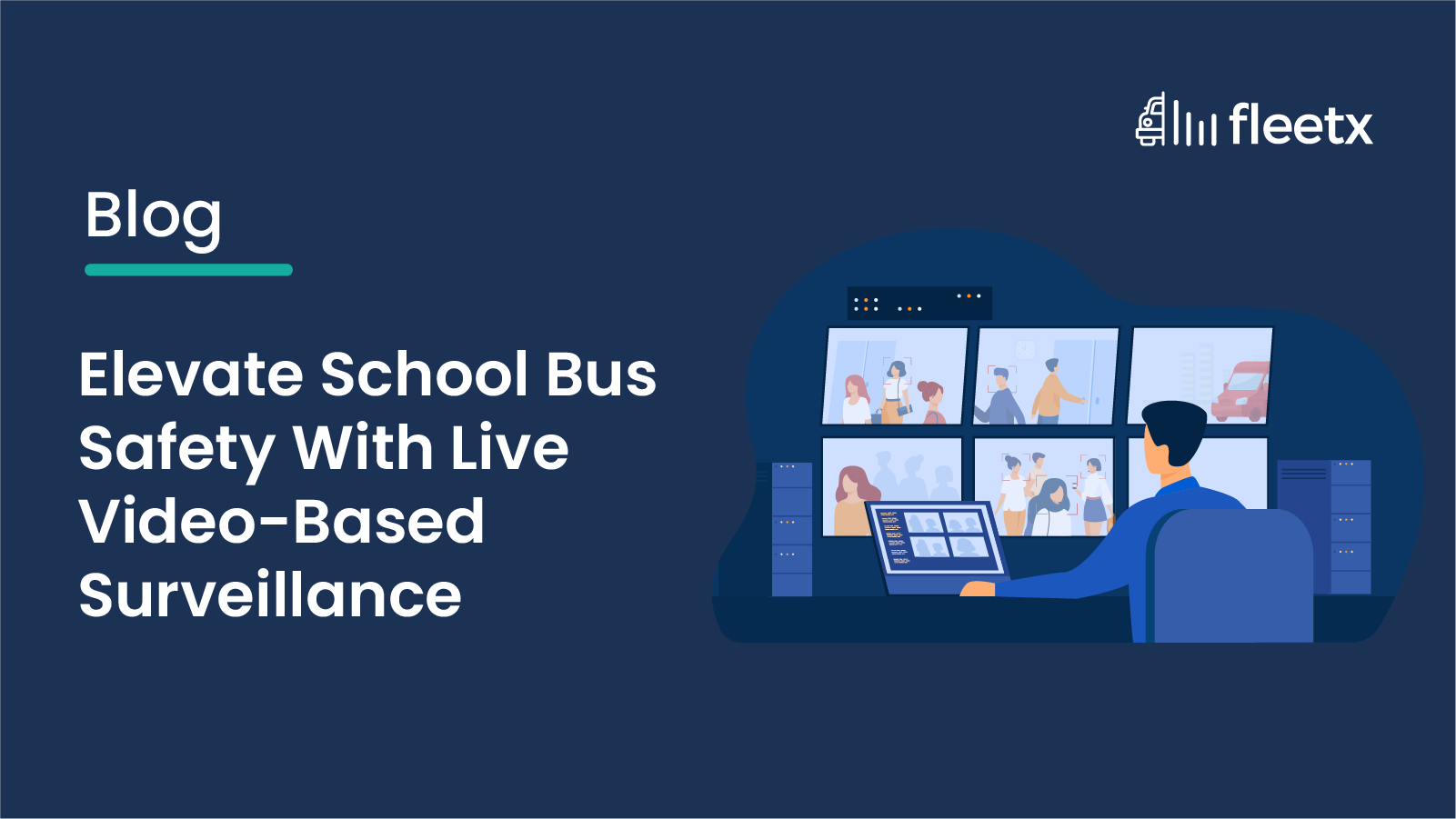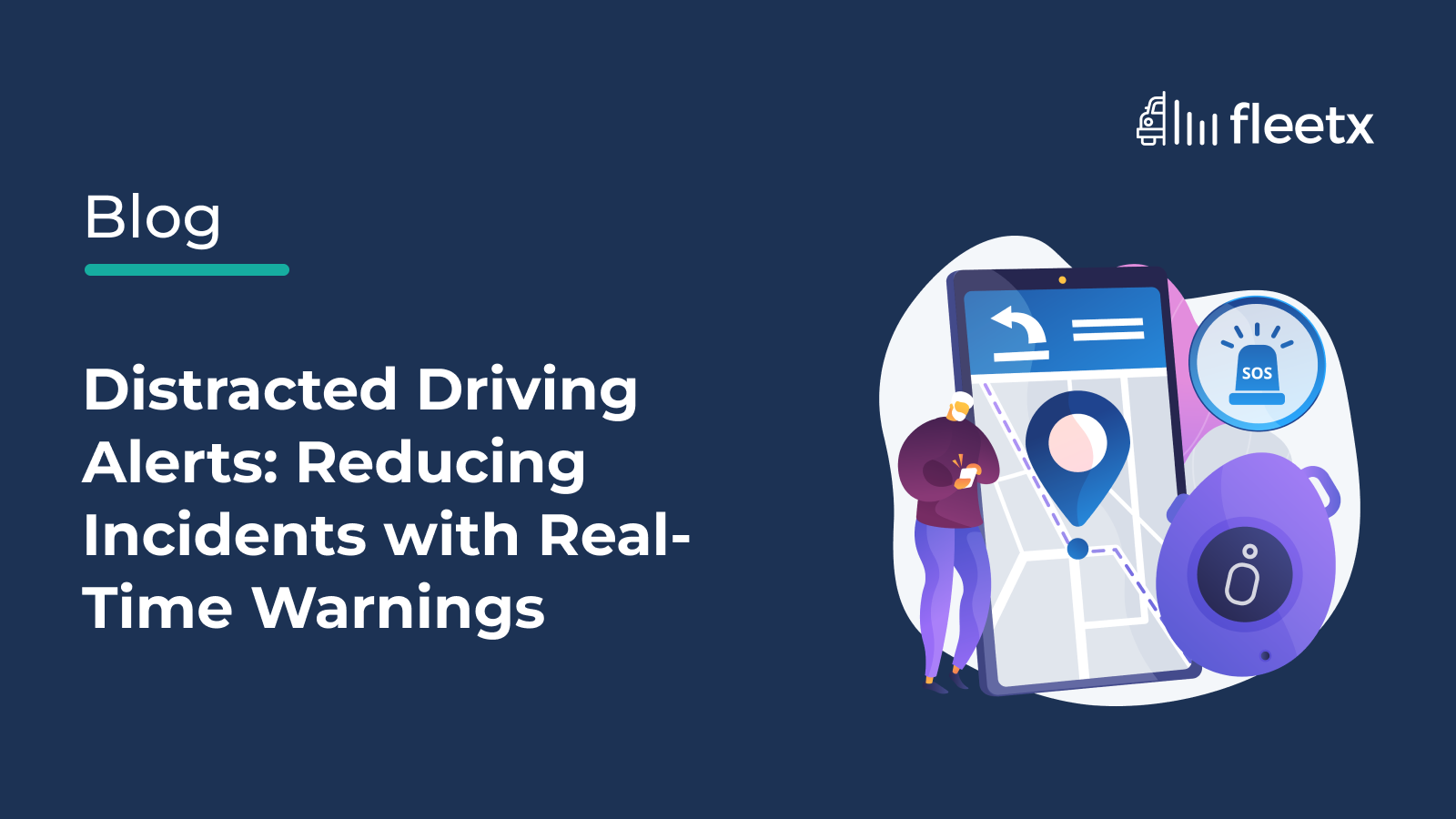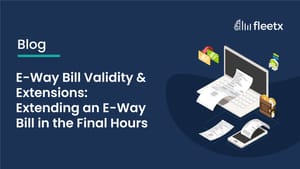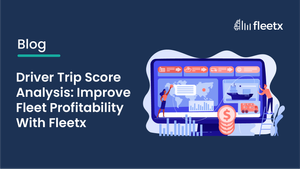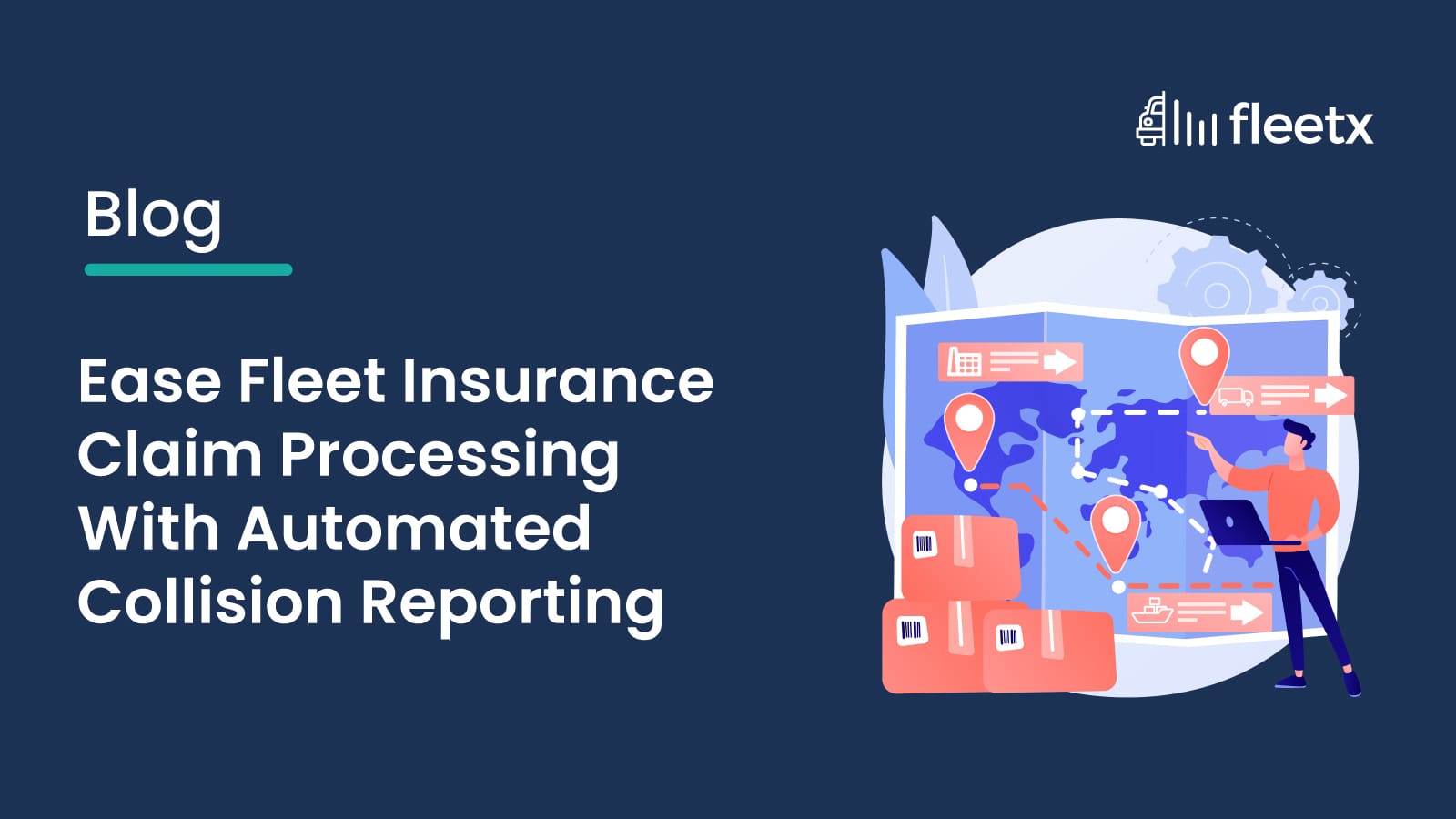
Incident reporting inconsistencies are blindsiding you during risk mitigation and third-party claims?
Unstructured incident reporting data, including handwritten messages, images, reports, and more, keeps accumulating, necessitating manual review. Transport businesses cannot afford such long, drawn-out processes.
Enter automation - the solution to all manual challenges! With automation’s growing significance in the logistics sector, fleet operators and insurers alike can integrate several tools that facilitate accident reporting and claims processing with the power of AI while improving overall fleet safety.
Best Practices for Effective Fleet Accident Management
Implementing advanced technologies goes a long way in not only protecting drivers but also in handling the business’ bottom line.
Setting Clear Guidelines for Accident Reporting
Fleet managers should establish step-by-step instructions on the procedure to be followed immediately after an accident. Drivers should be well-trained to know how to collect important information that includes third-party details, accident scene photos, and witness statements.
Utilizing Digital Means to Report Accidents
User-friendly digital tools let drivers capture accident data instantly. Such tools conveniently capture photos, damage details, and other relevant information. Digital data capture simplifies claim processing while reducing potential complications.
Streamlining Receivables Management
A centralized system for managing insurance and repair processes should be easily accessible to all stakeholders involved in the accident management process to speed up claim processing and reduce downtime.
Advanced Data Analysis for Risk Management
A data-based approach analyzes the accident data promptly and also identifies trends or patterns to determine the areas of improvement in the fleet operations. Such strategies and programs prevent future accidents.
Implement Automated Accident Detection Mechanism
Automatic accident detection systems combine built-in sensors to detect accidents in real time, enabling swift response and assistance. The integrated mechanism alerts administrators or fleet managers of potential accidents, leading to proactive steps.
Role of Automated Collision Detection & Notifications
Certain solutions use human intervention for accident scene inspection before notifying the fleet in charge, leading to delays. Alternatively, fleet managers benefit immensely from automated notifications when collisions occur in their fleets. By using artificial intelligence (AI) to analyze initial accident-related data, collision detection systems automate the initial steps of human validation to notify fleet managers sooner and get the process started. Upon detecting any fleet collision, two types of email and/or text notifications can be sent:
1. Suspected Accident Notification: When the on-device machine learning model detects an impending collision with high confidence, then fleet managers receive an instant notification.
2. Confirmed Accident Notification: Upon uploading the accident video, the analysis tool confirms its occurrence, and a confirmed notification goes out to the fleet managers to review the video, event data, and collision report.
Enter Video Telematics: How is Fleetx Leveraging It to Make a Difference
Video telematics is a cutting-edge technology development that’s transforming the logistics sector, one fleet at a time! Combining the power of video data, AI, and IoT, it enhances fleet visibility with multiple camera support and a comprehensive supervisory system to generate real-time alerts.
Fleetx video telematics provides a multifold solution that ensures road safety and takes fleet efficiency a notch higher. The system features solve several challenges while streamlining claim processing:
Real-Time, Multi-Camera Vehicle Visibility – Fleet managers can monitor the vehicles 24*7, speeding response times, and situation control.
Incident Documentation – With every trip and incident specifics being recorded, a reliable log is accessible for incident review in case of any collision or unfortunate incident.
Detailed Incident Reconstruction – Incident reconstruction plays a crucial role in mitigating legal risks by providing clear insights into the events leading to the accident.
Driver Training Mechanism – Video telematics plays a big role in transforming driver training with targeted insights for improving driver performance.
DMS (Driver Monitoring System) Alarms – The system issues custom alerts for risky driving behavior that includes phone calls, yawning, seat belt violations, abnormal driving patterns, and more, with a 2-way communication channel that assists in accident prevention.
ADAS (Advanced Driver Assistance Systems) Alarms – The Fleetx platform is capable of preventing accidents by analyzing external conditions to generate alarms warning of forward collision, pedestrian collision, and lane departure.
Benefits of an Automated Collision Reporting System
A prompt fleet accident reporting mechanism assists in managing collisions before they escalate, and in case of any accidents actually taking place –
Targeted Communication
The 2-way communication path creates a clear communication pathway between the drivers and fleet operators, paving the way for accident prevention. Further, it also assists in minimizing downtime and facilitates faster response, ensuring quick claims resolution.
Higher Driver Accountability
While the driver’s every move might not be accessible but a vehicle telematics setup enables fleet managers to keep a steady check on the driver’s behavior metrics, such as vehicle speed and position, and also equipment condition that might lead to any unforeseen event, all of which enhance the driver’s accountability.
Adequate Accident Insights
Essential accident scene information can be conveniently gathered by using tools such as photos, GPS data, and timestamps. The integrated cameras capture the scene and surroundings, providing post-incident analysis tools for the much-needed clarity in legal and insurance claim filing that might follow.
Centralized Data Documentation Hub
An automated incident reporting portal eliminates manual paperwork challenges by accumulating and providing easy access to all accident-related insights – driver details, real-time vehicle statistics – to simplify the prolonged manual audit.
Cost-Savings
Prompt and comprehensive reports offer accurate and authentic information that minimizes any risks of fraud, saving the businesses money that can be spent productively. Moreover, the ready video evidence works as irrefutable proof for legal proceedings, saving business funds by substituting manual processes with automation.
Minimize & Manage Accidents With Fleetx
The connected logistics platform from Fleetx offers a host of tools that facilitate accident management – from proactive detection to compliance adherence. Using such advanced solutions, fleet managers can streamline the claim processing mechanism, improve driver safety, and ultimately improve the fleet performance and profitability.
Track your entire fleet’s operations on one comprehensive AI-driven platform, simplifying your emergency response and crisis management. Embrace the promising future of fleet management with Fleetx’s cutting-edge solutions.

